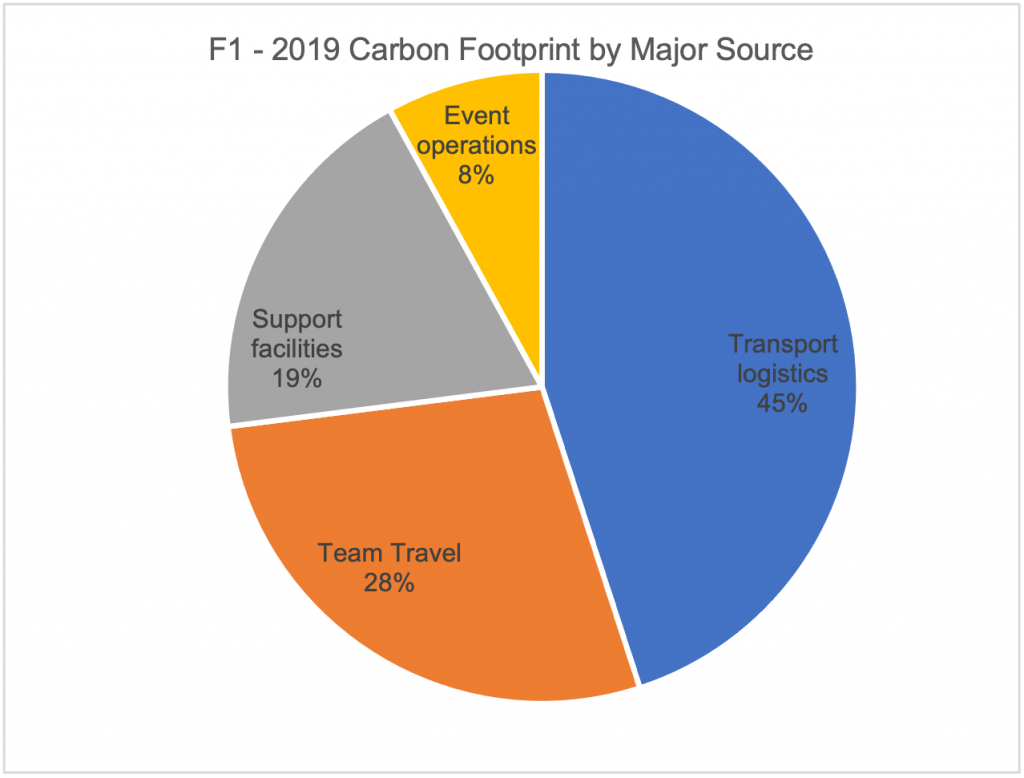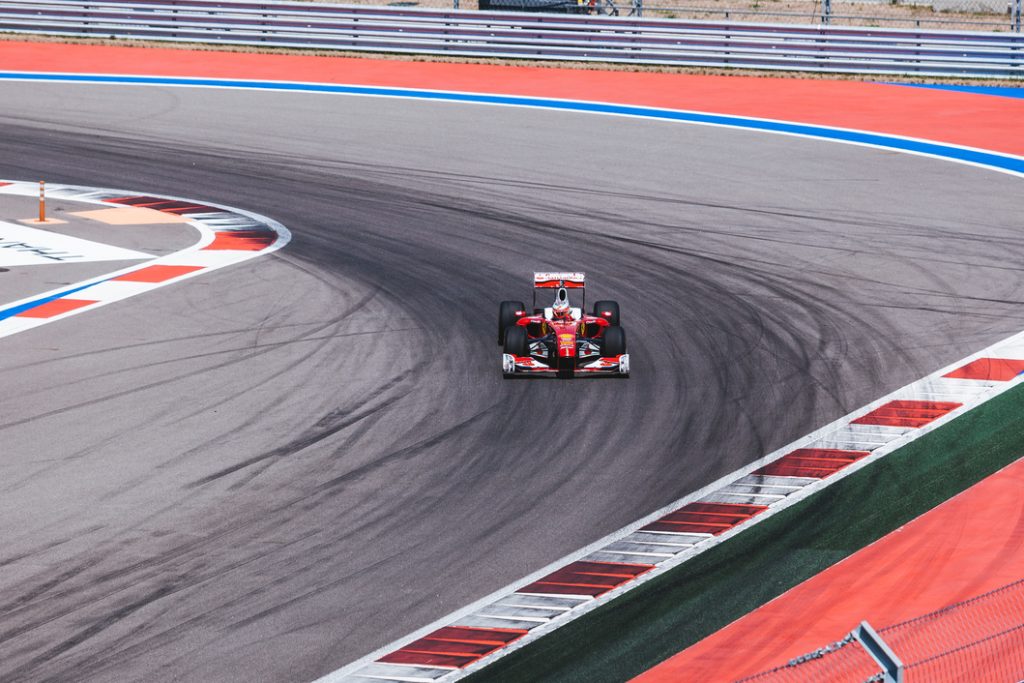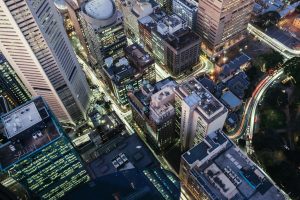
A short time ago, I left a CPD live session where I was joined by my wonderful colleagues, Steve Fox (Principal at Architectus) and Phil Oldfield, (Head of School, UNSW Built Environment) to present Designing for Our Future – Carbon Mitigation and the Built Environment. Over 500 architects, designers and manufacturers joined us!
The engagement level and thoughtful questions give me great hope that the Architecture and Design family is fast moving to not only understand the issues of Carbon Mitigation, but equip themselves with the knowledge and tools to address the challenge. Each time I do one of these, the questions are more probing and evolved and there has been a real shift in recent times from generic questions to far more that say, “what practical steps can I take to have a real impact”.
Soon after our session, I read an interesting short article based on the comments of Formula 1 former world champion, Sebastian Vettel which speculated that the sport will “disappear if it doesn’t go green.” It was an opportunity to ponder the challenges of another industry and I’ll watch with great interest as they move forward.
An audit conducted by the FIA (the governing body for world motor sport) found that F1’s driving activities alone produce approximately 256,000 tonnes of carbon dioxide per year, which is the roughly equivalent to the embodied carbon of building 850 new Australian houses same time period.
This is the sum of the logistics of transporting teams and equipment across the globe. In 2019, road, sea and air logistics for equipment transportation accounted for 45 per cent of F1’s emissions with business travel for teams contributing an additional 27.7 per cent. Rounding up the list, factories and facilities servicing the sport represent 19.3 per cent of emissions, and event operations, another 7.3 per cent.







